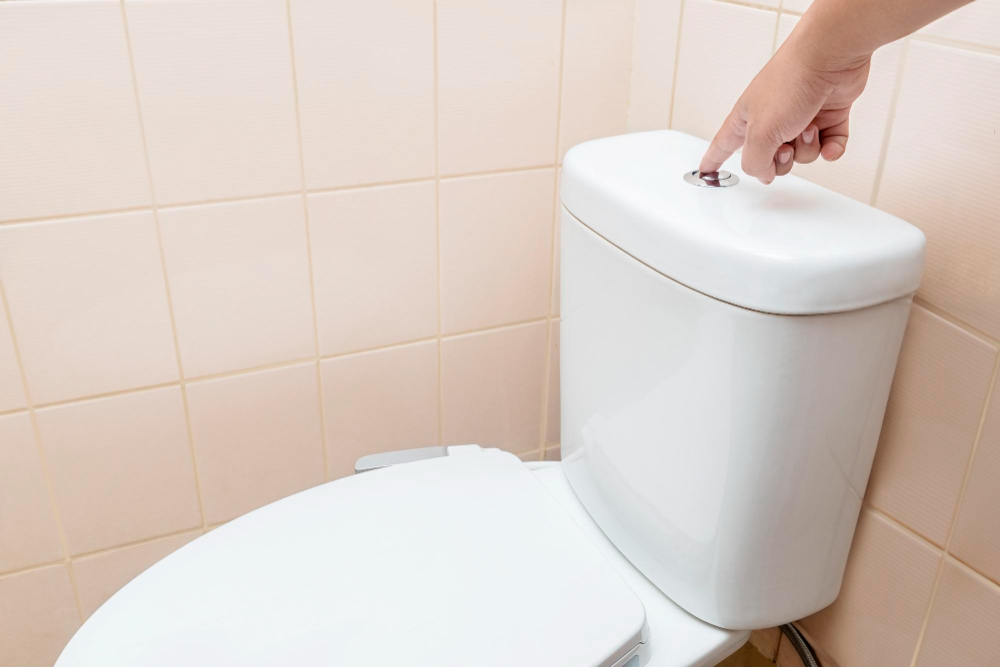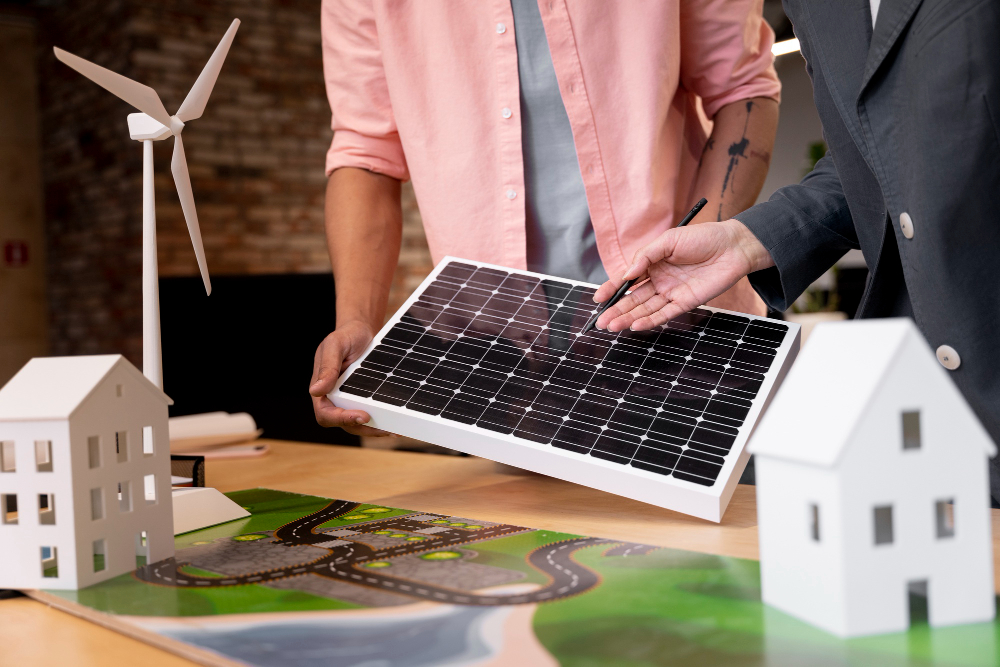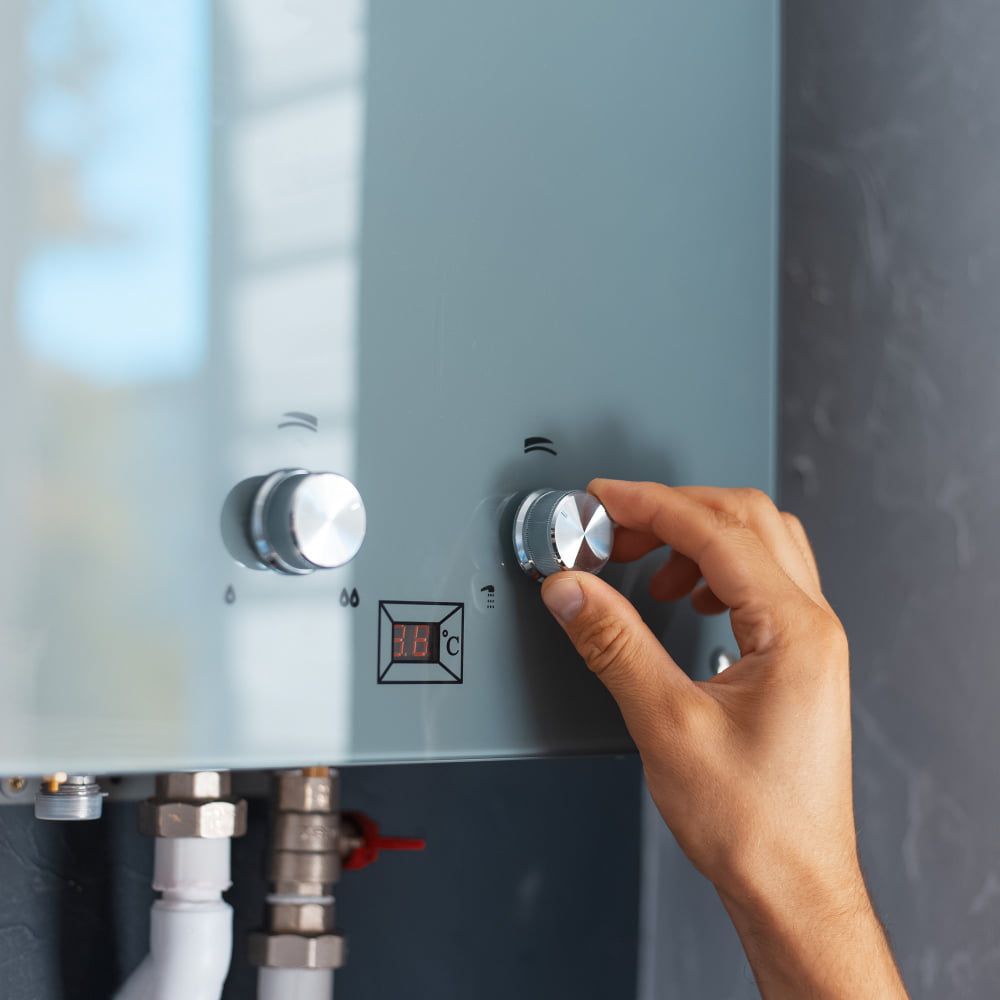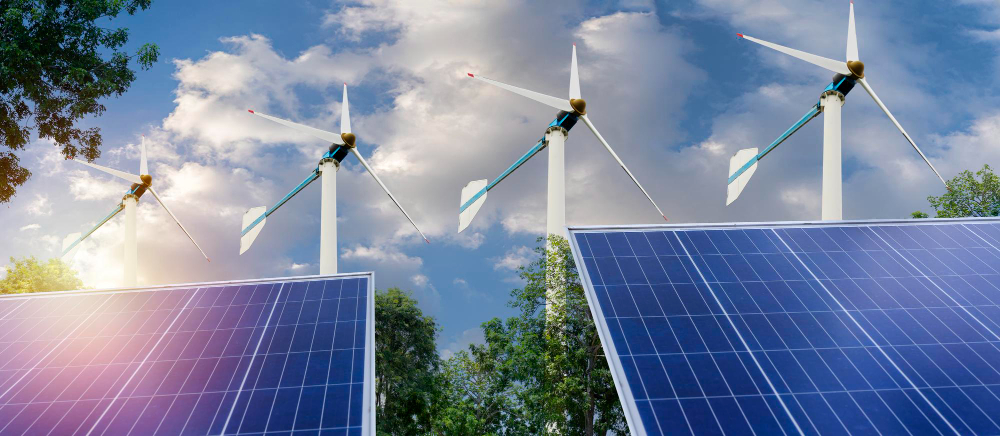Last updated on
Cities around the world are growing at a rate that has never been seen before. As a result, condos have become much more than just places to live. Each one has left a big mark on the surroundings and has become a lively little community.
Sustainable building management isn’t just a trend these days of fast urban growth; it’s a must. Using green management practices in condos shows a strong dedication to saving energy and taking care of the earth, creating a new standard that really does make a difference.
This blog post explores the useful and long-lasting ways to make life in a condo more eco-friendly and cost-effective.
Why Green Practices Matter

To fully understand why sustainable practices are so important in condo management, it’s necessary to look closely at the problems and chances that come with living in such a crowded place. Let’s look at the most important places where going green can make a big difference:
- Significant Energy Consumption
Because there are so many people living in a condominium, it uses a lot of energy. hot and cooling aren’t the only things that use this much energy. Lighting, appliances, and hot water are also included. The total amount of carbon dioxide that cities produce is affected by all of these energy needs.
- Economic Benefits for Management and Residents
Using environmentally friendly methods in condo property management has big financial benefits as well as environmental ones. People can cut their electricity costs by a lot by using LED lights, and appliances that use less energy, and smart thermostats.
Putting money into green infrastructure can also make a home more valuable and attract eco-friendly buyers, which could cause prices to go up. This approach not only supports sustainability but also yields economic benefits for both management and residents.
- Large Carbon Footprints
Most of the energy that condos use comes from nonrenewable sources, which releases a lot of carbon into the air. These emissions are a major cause of climate change, which shows how living in a condo can hurt the earth.
- Environmental Benefits of Green Practices
The carbon impact of these buildings can be cut down by implementing green management practices like making the buildings more energy efficient and using renewable energy. This change helps protect natural resources and wildlife, and it also helps fight climate change.
- Reduced Operational Costs
You can save money on more than just your energy costs if you go green. It can also lower your costs of doing business in the long run.
- Healthier Living Environments
When people live in sustainable homes, they often breathe better, get more natural light, and are less likely to be exposed to chemicals that are bad for them. All of these things are good for their health. For your health, gardens and other green spaces are good because they give you a place to rest and work out. They are often part of eco-friendly projects.
Energy Efficiency Strategies
- Smart Thermostats and Energy Management Systems: Smart thermostats and energy management systems are two of the best ways for homes to save energy. With these new technologies, you can handle your heating and cooling systems better, and they can also change based on how you use them and the weather outside. Making sure that as little energy as possible is used without sacrificing comfort saves a lot of money on energy costs.
- LED Lighting: A simple and very effective way for homes to use less energy is to switch from incandescent lights to LED lights. LED bulbs last 25 times longer and use at least 75% less energy than incandescent bulbs. They are also better for the earth. This switch will not only save you money on energy costs, but it will also keep things from breaking down as often, so you’ll get your money back quickly.
- Energy-Efficient Appliances: One important way to reduce general energy use is to encourage the use of energy-efficient appliances in condos. If you buy appliances like refrigerators, dishwashers, and washing machines that have a high Energy Star rating, you will use less power. And this lowers the building’s energy need, which in turn lowers its operating costs. Encouraging residents to choose these products can have a big effect on how energy-efficient and environmentally friendly the condo is.
Environmental Conservation Techniques

- Water Conservation Measures: When you run your home in a way that is good for the environment, you should use ways to save water. Putting in low-flow toilets, showerheads, and taps makes the building use a lot less water. Also, landscaping with systems that catch rainwater not only saves water but also lowers the condo’s energy costs. We will use a lot less water if we do all of these things together. This will save money and protect the land at the same time.
- Recycling and Waste Reduction: Start reusing everything and look for ways to make less trash. These are two of the greenest things a home can do. As well as telling people to compost their trash, making sure they have the right bins for their trash and leftovers is a good plan. When people in the apartment complex do things like these, they use less trash in landfills and are more likely to be eco-friendly. These activities teach people to be more responsible and involved in their neighborhoods, and they also help protect the earth.
Environmentally friendly choices are more important than ever as towns keep growing. For city life to continue in the future, these habits are necessary. They help save water and energy and create less trash. It’s clear that improving the environmental friendliness of homes is not a choice, but a must for a steady future. People who live in condos can show others how to care for the earth and be eco-friendly if we all work together.
Related reading:
Table of Contents





